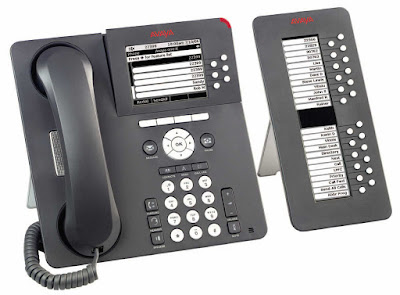For the majority of Americans, network cabling is a large meandering mess of snake-like equipment that is supposedly what makes things like phones and computers function. Most people have absolutely no idea how everything fits together or what is needed to make the most basic office run smoothly. Even office managers will be hard pressed to tell you the difference between things like regular voice-grade cable and CAT3 cable. With the jargon being so foreign,
voice and data cabling companies have to take the extra step to explain their services to clients.
Cabling is the material and system through which data and information are transferred from one device to another. There are many different applications for cable materials, including transmitting telephone data, computer network data and much more. Voice data is one of many types of information to be transmitted in this way. When installing a system to transfer data of this type, you have a number of different options from which to choose.
Unshielded Twisted Pair-
Unshielded twisted pair cable is typically the least expensive type. Often known as UTP cable, this is made up of pairs of wires that are intertwined around one another inside of the larger cable framework. The reason for this twisting is to help the smaller wires avoid interference from both electrical and radio influences. UTP is susceptible to a moderate degree of interference, though this is often not a concern for voice data information transferring.
Shielded Twisted Pair-
Slightly more expensive than UTP cable is shielded twisted pair cable, often referred to as STP. This cabling is similar to UTP in many ways, although the wires within the cable framework are shielded by a braided metal band. This helps to protect them from electrical frequency interference, making the connection more secure and reliable.
Coaxial-
Coaxial cable is one of the most common types of material used for the purposes of transmitting voice data. This type of is constructed with a core of copper, which is an excellent material for transmitting information data. The copper core is surrounded by a thick plastic barrier and a metal shield, both of which help to provide coaxial cable with a better protection from interference due to electrical and radio sources than either UTP or STP. Coaxial cable can be somewhat more difficult to install than these other types, however.
Fiber Optic-
Although it is oftentimes the most expensive type of cable to purchase for a project of this type, fibre optic is both the fastest and the most highly resistant to interference. Fiber optic materials make use of a flexible glass core. Rather than transmit standard data bits, these cables transfer light. This eliminates the risk of electrical interference and also allows the data to be transferred over much larger distances than for any of the other types listed above. Fiber optics are generally also much faster than these other types, too.
To find the best type of cable for your voice data cabling project, it's best to speak with a
professional data cabling installation expert. They can help you to determine which material will be most conducive to a successful connection and a high-speed transfer capability.



Comments
Post a Comment